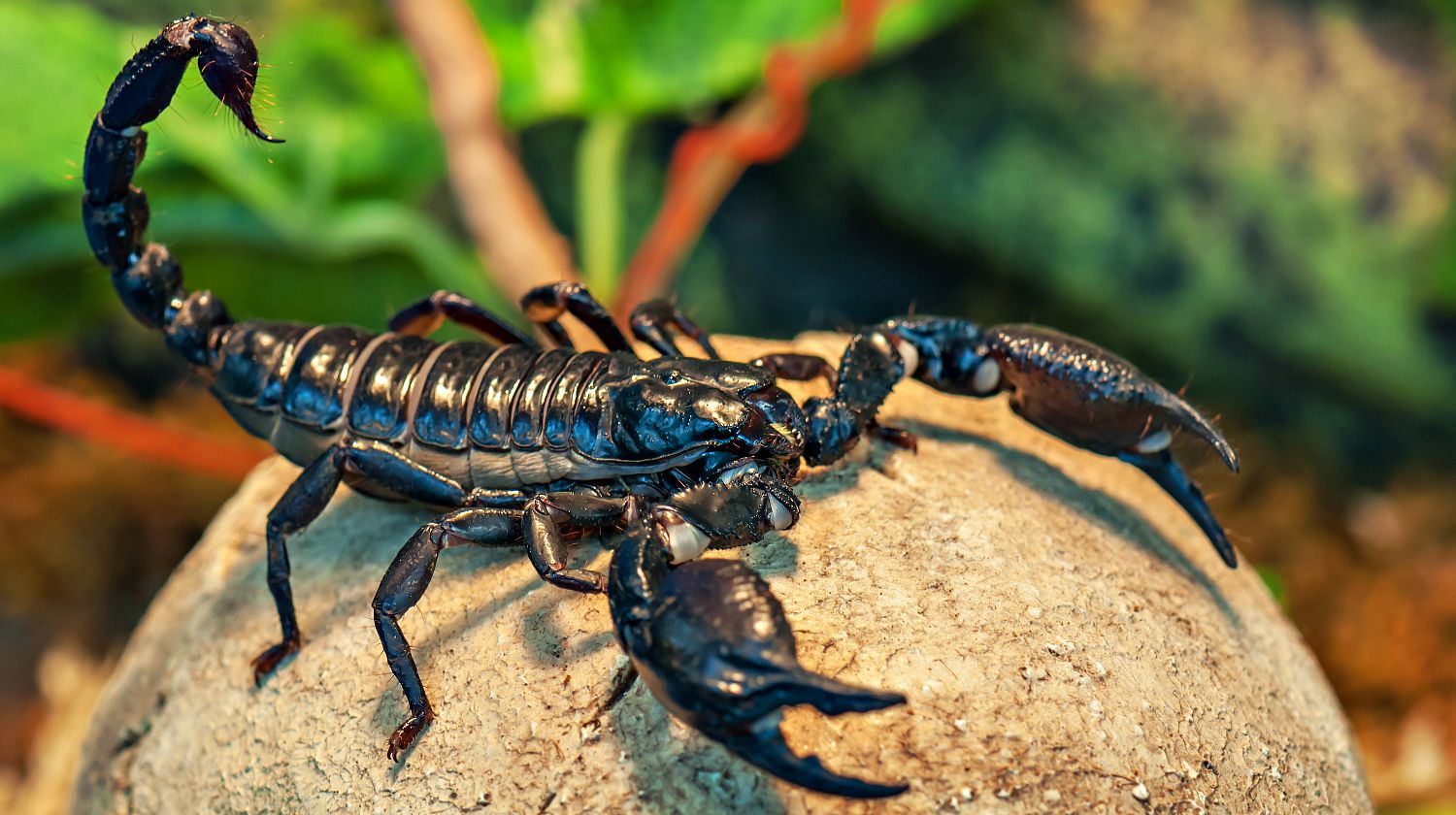Scorpions: Predatory Arachnids of the Desert
Scorpions: Predatory Arachnids of the Desert
Introduction
Scorpions are fascinating creatures that belong to the class Arachnida, along with spiders and ticks. These predatory arachnids have inhabited the Earth for millions of years and have adapted to various environments, particularly desert regions. In this article, we will explore the anatomy, behavior, ecology, venom, and cultural significance of scorpions.
Section 1: Anatomy and Physiology
Scorpions possess distinctive features that set them apart from other arachnids. This section will examine their external anatomy, including their segmented body, pincers (pedipalps), tail (telson), and venomous stinger (aculeus). Internal anatomy, such as respiratory and circulatory systems, will also be discussed.
Section 2: Behavior and Reproduction
Scorpions exhibit intriguing behaviors related to hunting, mating, and defense. Their hunting strategies, use of venom, and courtship rituals will be explored in this section. Additionally, the reproductive process, including mating, gestation, and birth, will be examined.
Section 3: Ecology and Habitat
Scorpions are well-adapted to a variety of habitats, with many species thriving in deserts. This section will discuss their ecological roles as predators and prey, their interactions with other organisms, and their adaptations to arid environments. The distribution of scorpion species across different continents will also be analyzed.
Section 4: Venom and Medical Importance
The venom of scorpions contains a complex mixture of neurotoxins and enzymes, which they use to immobilize prey and defend themselves. This section will delve into the composition and effects of scorpion venom on humans, including symptoms of envenomation and medical treatments for scorpion stings.
Section 5: Cultural Significance and Mythology
Scorpions hold cultural significance in many societies around the world, often symbolizing danger, protection, or transformation. This section will explore the myths, folklore, and symbolism associated with scorpions in various cultures, as well as their depictions in art, literature, and religion.
Conclusion
Scorpions are formidable predators that have captured the imagination of humans for centuries. Through their unique anatomy, behaviors, ecological adaptations, venomous capabilities, and cultural symbolism, scorpions exemplify the diversity and complexity of the natural world. Continued research into scorpion biology and conservation efforts are essential for understanding and preserving these enigmatic arachnids.
Kaynakça
- ^ a b "ITIS". 28 Şubat 2022 tarihinde kaynağından arşivlendi. Erişim tarihi: 28 Şubat 2022.
- ^ Ersen Aydın Yağmur (2010), First Record of Orthochirus Karsch, 1891 (Scorpiones, Buthidae) from Turkey, Anadolu Doğa Bilimleri Dergisi 1(1): 15‐19, 2010[ölü/kırık bağlantı]
- ^ Yavru mirketler yemek okulunda 13 Eylül 2007 tarihinde Wayback Machine sitesinde arşivlendi. BBC News, 13 Temmuz 2006 (İngilizce)





































